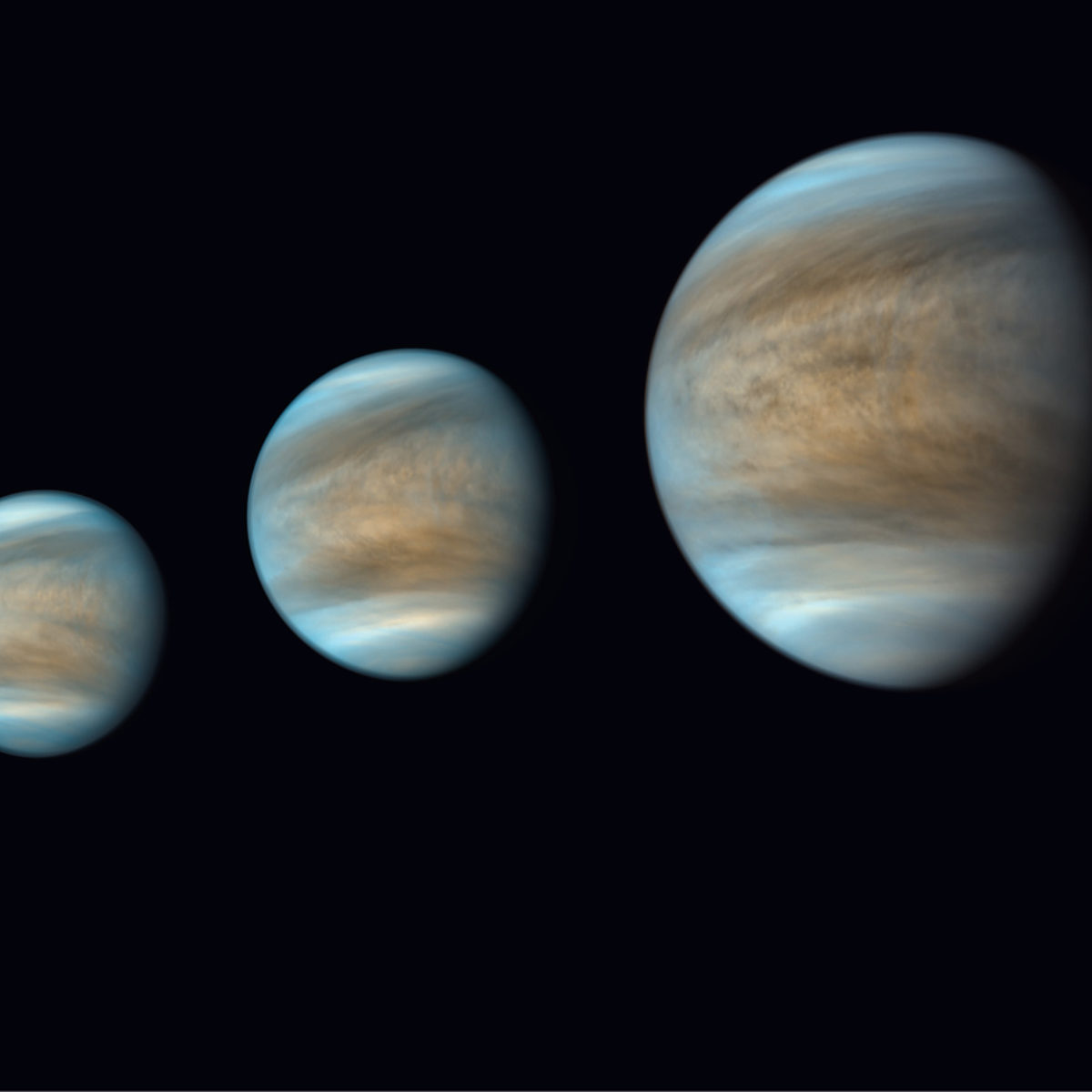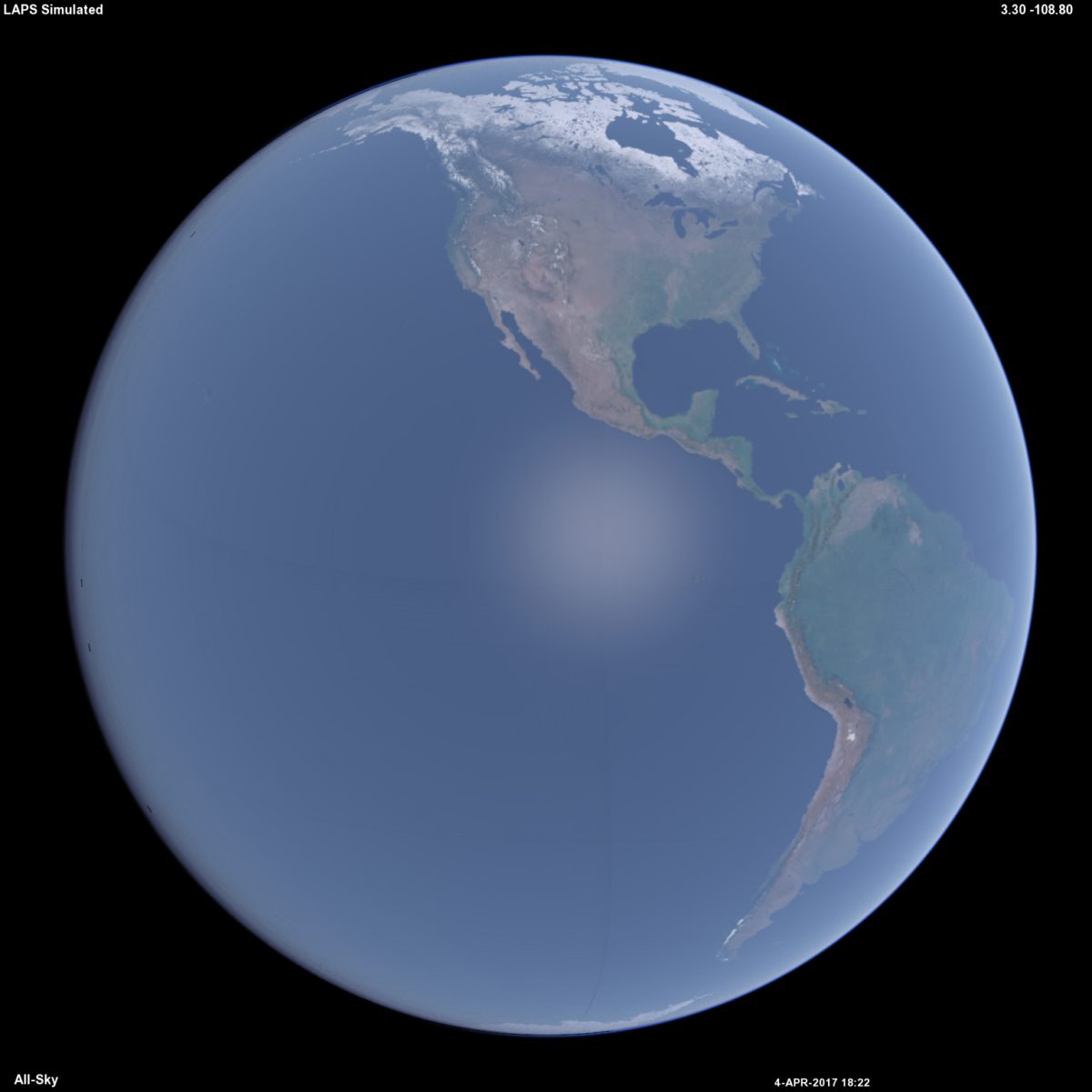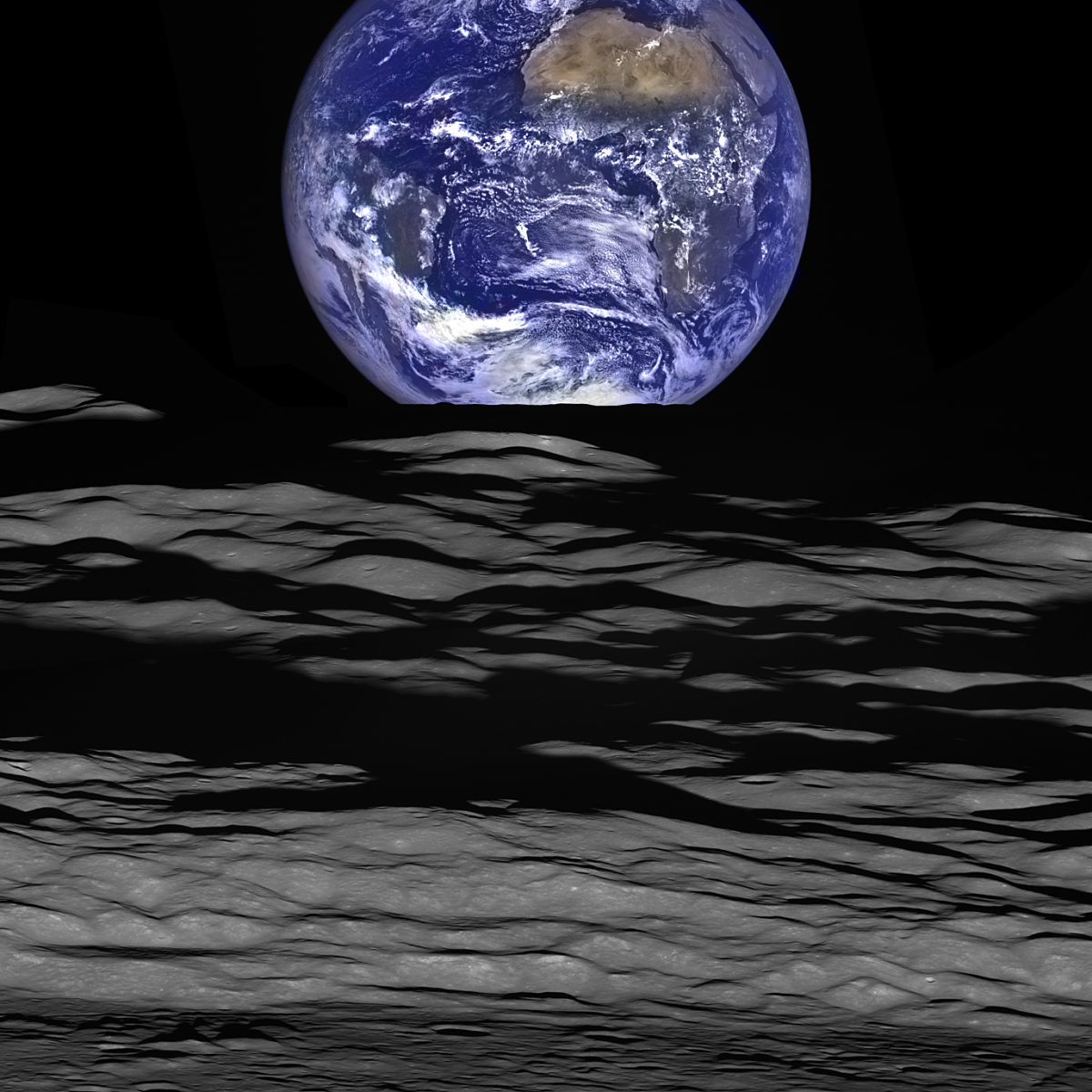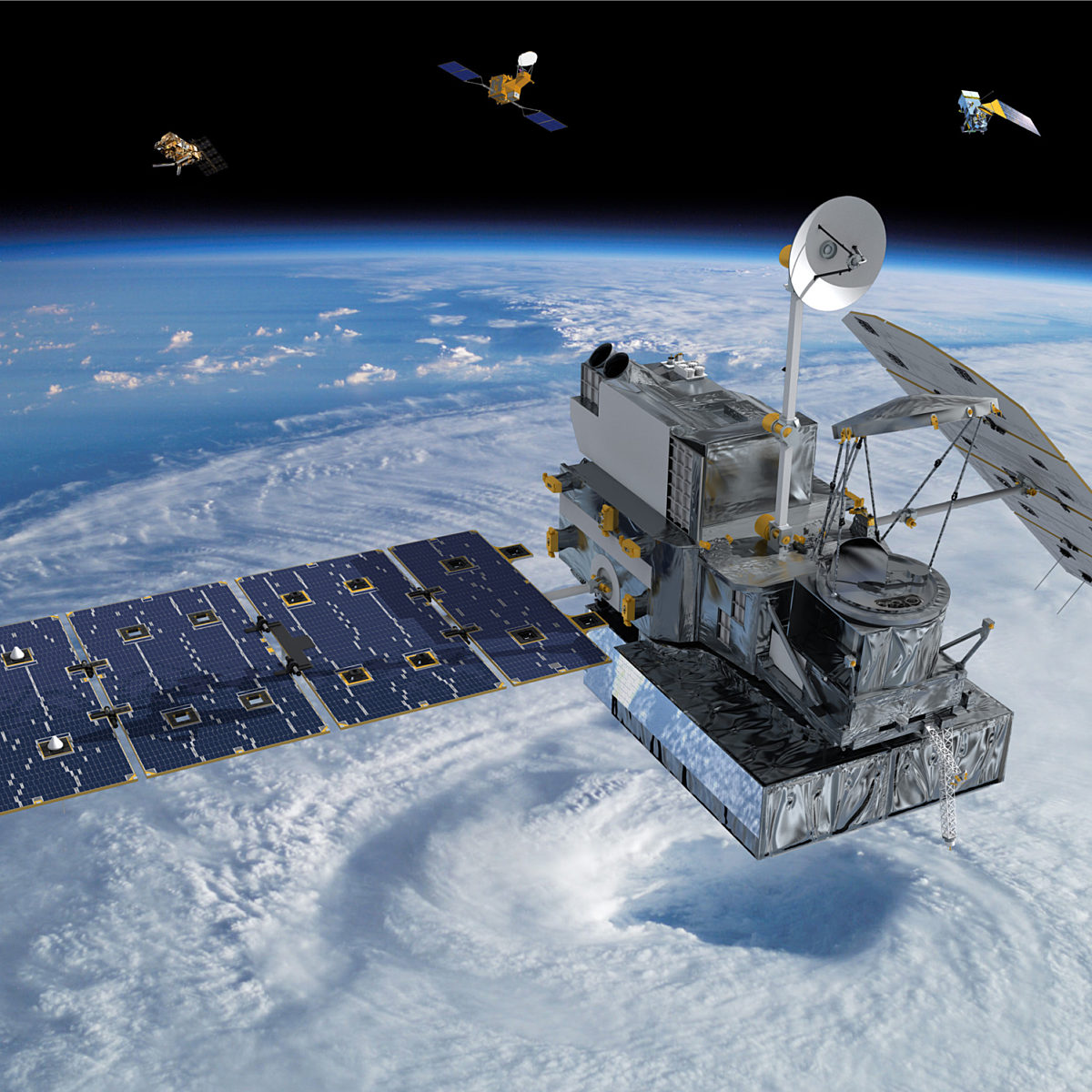All
All
Stories, updates, insights, and original analysis from The Planetary Society.
Why the true colors of the planets aren't what you think
Cameras on our space probes act as proxies for our own eyes, but what they see isn't necessarily what our eyes would see.
Craters are great but we’ve had enough, thank you
Take a look at some of Earth’s epic impact craters, and learn what we’re doing to ensure they’re our last.
Rocky worlds rock
This week we're all about the rocky planets: Mercury, Venus, Earth and Mars.
Big news from the magnetosphere
At five years and counting, the Van Allen Probes mission continues to reshape our thinking about how Earth’s radiation belts flex and reconfigure under the influence of solar storms.
Go for GOLD, SES-14!
While we can measure properties of these upper layers using ground-based instruments, satellite-borne remote sensing instruments can give us a more frequent, global, and often higher spatial resolution perspective. And that is precisely what NASA’s Global-scale Observations of the Limb and Disk (GOLD) mission will deliver.
Radar in Earth and Planetary Science, Part 2
Heather Hunter brings us the next installment in her series on radio detection and ranging.
Radar in Earth and Planetary Science: An Intro
Heather Hunter explains how radar works and what it's used for on Earth and beyond.
CYGNSS Launch: The Human Side
What is it like behind the scenes before, during, and after the launch of a spacecraft?
GOES-R: What’s Next?
After a series of maneuvers in-orbit, GOES-R—now known as GOES-16—has reached its designated location in space. What happens next?
GOES-R: A GOES Primer
The current GOES-East and GOES-West have been faithfully providing continuous imagery and data on Earth and space weather for almost a decade. So, with the launch of the first of the next generation of GOES satellites, GOES-R, what is NOAA trying to accomplish?
State of NASA Earth Observation
Anna Scott gets us up to speed on NASA's Earth-observing missions nearly 60 years into the satellite age.
Synthesizing DSCOVR-like Images Using Atmospheric and Geophysical Data
Why does our planet look the way it does from space? How does light interacting with land, clouds, water, snow, ice, gases, and various aerosols all come together? One way to learn the answer is to try and synthesize DSCOVR's view from various
UPDATED: ESA activates a new old space camera
Inspired by the Mars Webcam on Mars Express, ESA's Cluster mission has turned on a camera on the Cluster spacecraft for the first time since their launch more than 15 years ago. UPDATE: It has now acquired images of Earth.
Two epic photos of Earth -- but which one is truer?
Two images of Earth taken from different spacecraft at the same time illustrate differences in
December solstice: Viewing Earth's seasonal shifts from space
It's fun to watch the seasons shift from space, and as of this year we have new ways to do that.
DSCOVR's Halo
The Deep Space Climate Observatory (DSCOVR) has begun sending us fresh, whole-hemisphere images of our own fragile planet. Some sources say that the spacecraft is
DSCOVR mission releases first EPIC global view of Earth, more to come in September
Five months after its launch, the Deep Space Climate Observatory (DSCOVR) mission has successfully journeyed to the region of space where Sun and Earth gravitational attraction offset each other. From the vantage point of L1, DSCOVR's EPIC camera has captured its first full-globe view of Earth, and it's well, epic.
The OCO-2 First Light Spectra
Dr. David Crisp explains how NASA's Orbiting Carbon Observatory (OCO-2) works, and what its first light spectra tells his team about the spacecraft’s performance.
Landsat 8 Looks at the Supermoon
Why did Landsat 8, an Earth-observing spacecraft, turn its unblinking eyes toward the July 12 supermoon?
Reflecting on NASA's Global Precipitation Measurement mission, launching today
Former deputy project scientist and current science team member J. Marshall Shepherd tells us why missions like NASA's Global Precipitation Measurement (GPM) are vital to our way of life.


 Explore Worlds
Explore Worlds Find Life
Find Life Defend Earth
Defend Earth


 Sun
Sun Mercury
Mercury Venus
Venus Earth
Earth Mars
Mars Jupiter
Jupiter Saturn
Saturn Uranus
Uranus Neptune
Neptune Small Bodies
Small Bodies
















